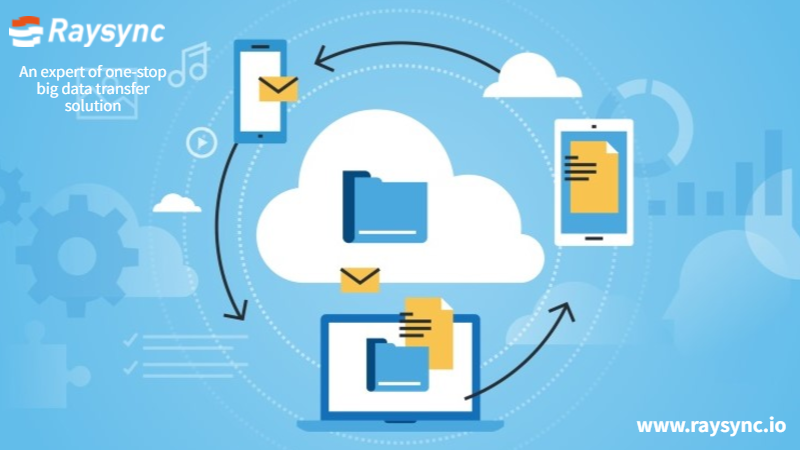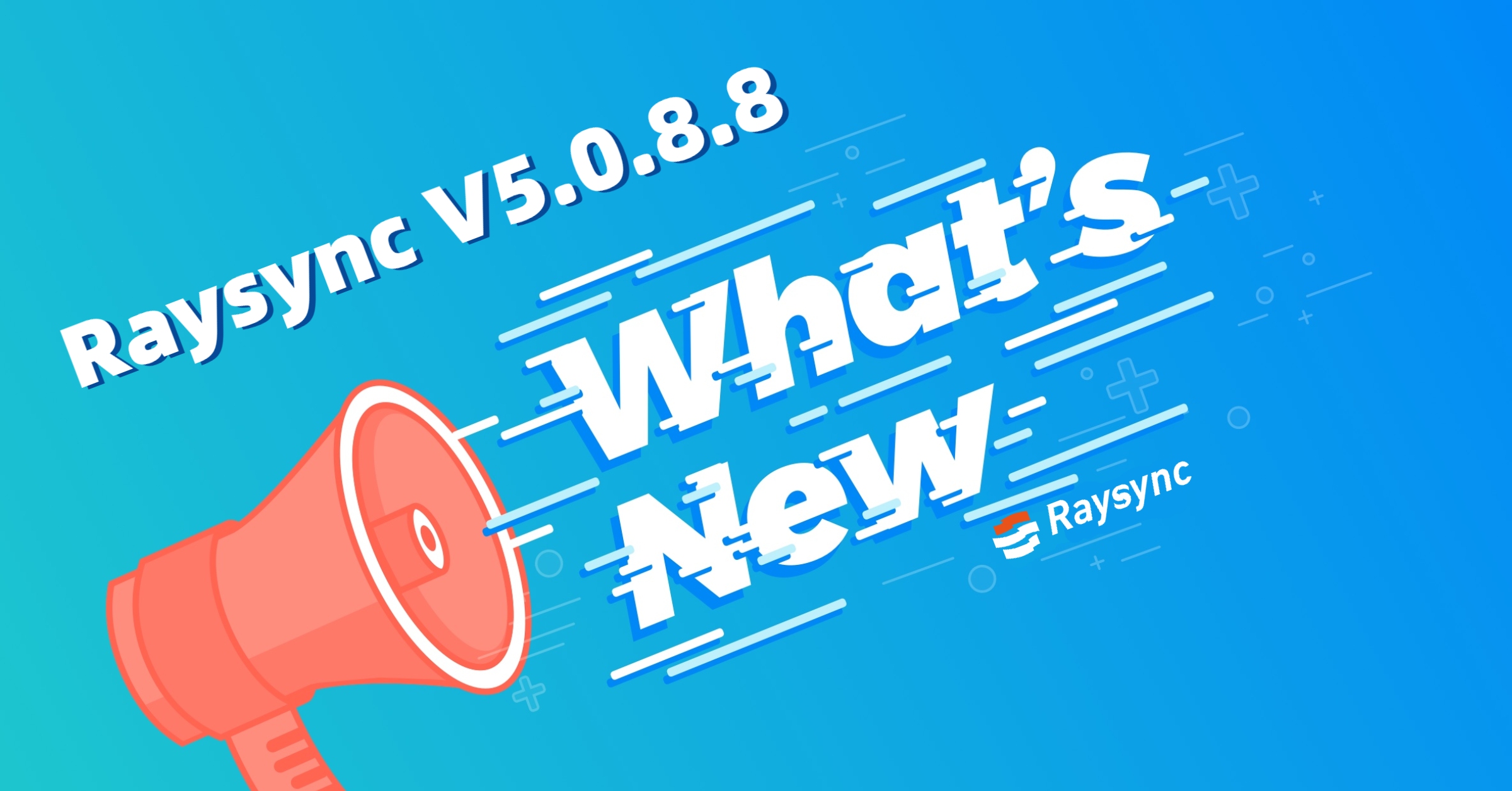Filter News

Raysync News
September 11, 2023Raysync, a leading provider of high-performance file transfer solutions, has announced a strategic partnership with Red Hat, the world-renowned open-source software and solutions provider.

Industry news
January 31, 2023aysync not only has powerful enterprise file synchronization function, but also has powerful file synchronization function and is easy to use, which makes people bid farewell to the tedious manual copying.

To optimize the website interface and meet the users' various needs, Raysync has recently adjusted the application page and added the function named [file transfer](https://www.raysync.io/) calculator.

Raysync News
December 29, 2022Today is the day! Raysync's 100-day program has fully launched. Raysync has introduced a special offer for all of you who have the file transfer needs. Apply now and you 'll get a 100-day free trial of Raysync Pro (3TB transfer volume) that worths $820.

Case Studies
December 29, 2022Raysync acts as a storage container for enterprise data backup and file synchronization. The Raysync admin console is deployed in Montreal where the data center located.

Raysync News
December 29, 2022Raysync optimizes the file uploading function, and the new version supports selecting files and folders to upload at the same time, making it easier for users to operate and use.

Industry news
December 24, 2022RaySSH acceleration tool with Raysync, which integrates the function of Raysync transmission protocol and perfectly replaces ssh/sshd/scp/rsync tool of openSSH, is a special and efficient transmission tool product of Linux/Unix system.

User Guide
December 15, 2022The administrator can check the user who created the shared link, link share time, expired time, whether bind to the first device or not, and the device ID that binds as the first device.

Signiant alternatives are a way for enterprises to solve transfer problems, including transfer speed, data distribution, and security that should not be overlooked. This article lists other tools to replace signiant, click to learn more!

Case Studies
December 13, 2022With the assistance of Raysync SMB, The Monk Studio delivered the finished film to their clients located worldwide at maximum speed, while ensuring stable and reliable delivery.

